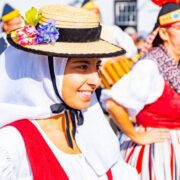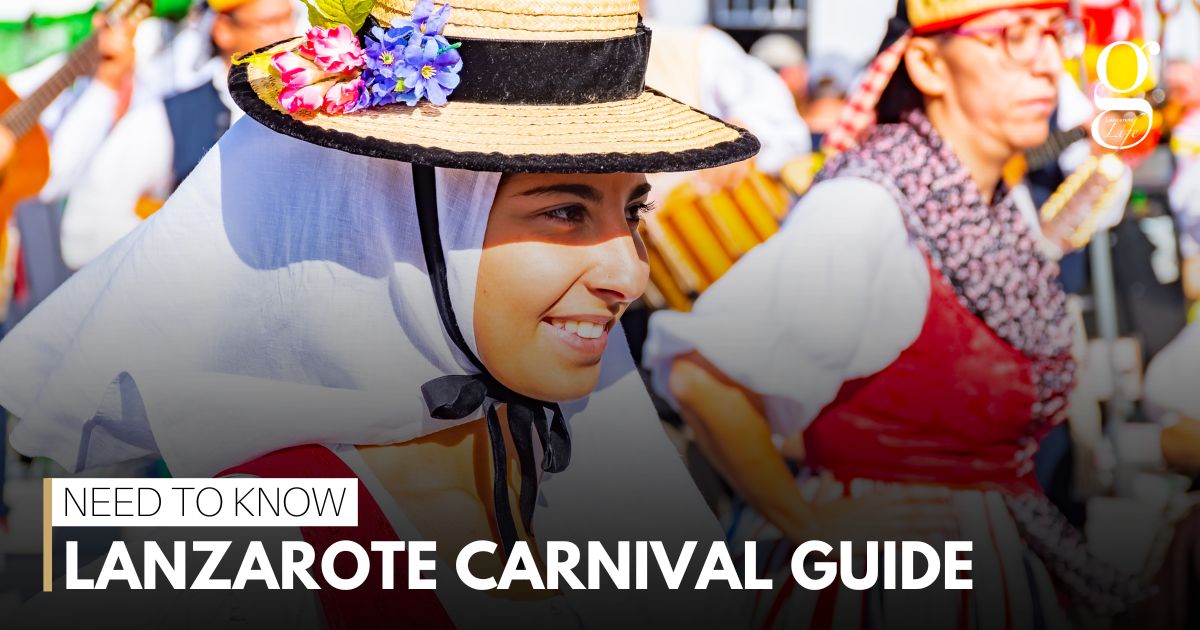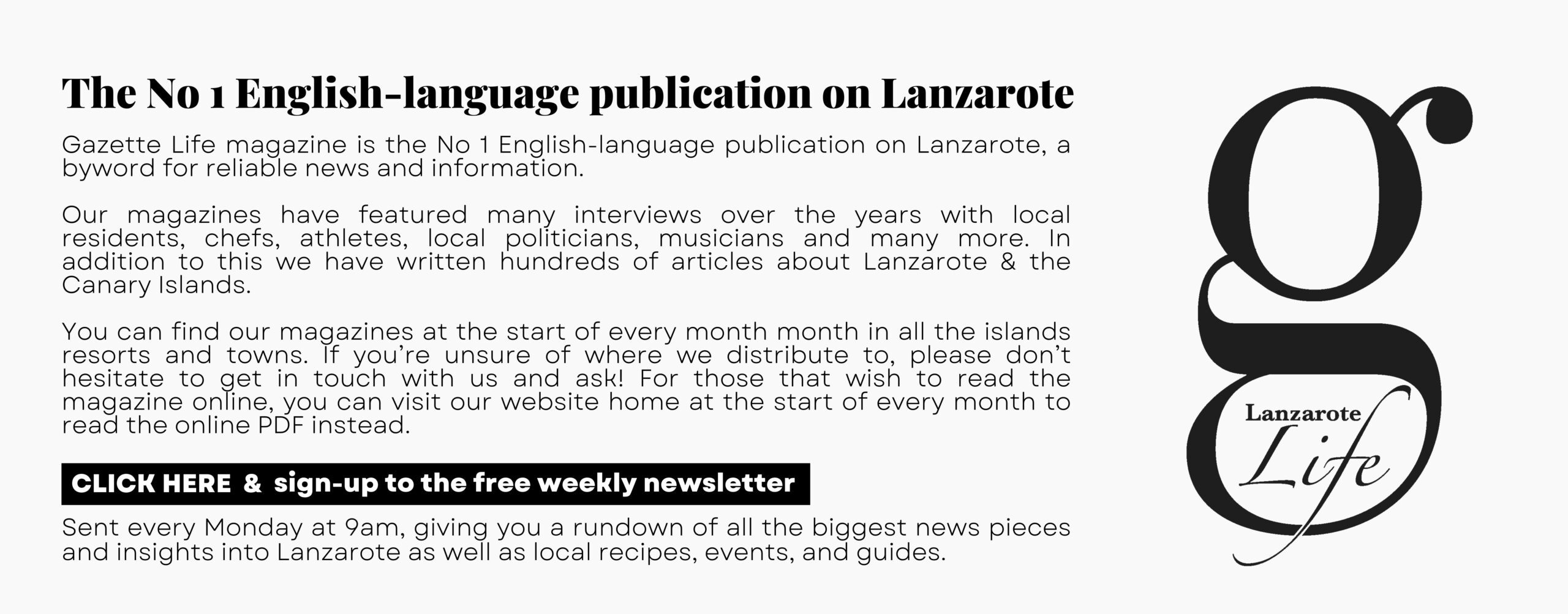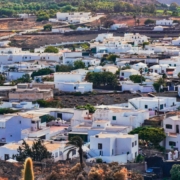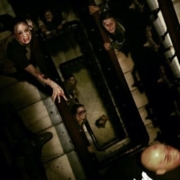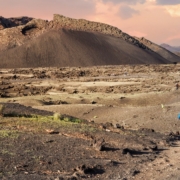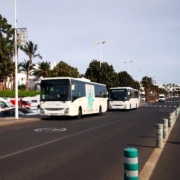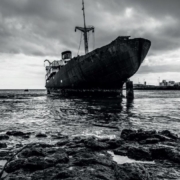Carnival is a Canarian obsession. That’s because these islands do it better than the rest of Spain. Here’s your guide to Lanzarote’s carnival season.
ELEMENTS OF CARNIVAL
The big parade itself is the most visible part of carnival, but often one of the last of the events to take place in each town.
That’s because much of carnival goes on out of sight of tourists and visitors. First, there are months of preparation and rehearsals in workshops and studios all over the island. Then there are several contests and presentations that usually take place in the local towns. Only in the final few days does everybody hit the street for the gran coso or cabalgata (parade).
COMPARSAS
Comparsas are dancing groups, and one of the most beautiful and memorable parts of the carnival parade. These are the women, girls, and often the guys in amazing birdof paradise costumes, swaying down the street, dipping and twirling to the drums and bringing glamour, colour and grace to the whole affair.
MURGAS
Murgas are the irreverent, comical spirit of carnival. Usually dressed in clown outfits, these groups have practiced songs that will poke merciless fun at local politics or current affairs.
BATUCADAS
The batucadas are the samba-style drumming groups that provide the thunderous pulse of carnival. Sometimes they’re associated with a comparsa; more often they just turn up in their own wild costumes and start laying down the rhythm. You’ll hear them long before you see them.
CARROZAS
Carrozas are the floats that are painted, covered in papier mache, and adapted into all kinds of inventive shapes and styles. They’re usually a mobile base of operations for a group of costumed carnival goers, and they may carry a full band or pump out carnival music in an attempt to attract dancers to follow them.
CARNIVAL QUEENS
The carnival queens are elected at earlier events. The Queen herself may be seen in her astonishing carnival outfit – so big that she’s unable to move without assistance. There’ll also be a child Queen in attendance, while Drag Queens – strange and fantastic creatures – will also be present.
OLD TRADITIONS
You’ll usually see the older carnival traditions at the beginning of the parade. In Arrecife, for example, that means the hoped-for appearance of Juan Medina Guzmán, the Charlie Chaplin impersonator who has led the parade for decades.
Even older traditions are Los Buches, an ancient carnival group who dress up as fishermen and carry inflated fish bladders. Then, of course, there are Teguise’s Diabletes, a shambling, clanking gang of blokes with bull masks whose only job is to scare you.
CARNIVAL MAGIC
At all fiestas on Lanzarote, it’s not really the big events that are important. It’s the smaller things that stay in the mind – children playing with each other in their costumes, old ladies laughing arm-in-arm, teenagers flirting with each other the way they’ve done for centuries.
The parade is fun, but once it finishes, adults will party until the small hours in the bars and restaurants. Carnival isn’t just a night; it’s a state of mind.
WHEN IS CARNIVAL?
Lanzarote’s biggest street parties come every February – March. See the February and March editions of the Gazette magazine to find the dates for each resort and town.
For regular updates, pictures and videos of Lanzarote be sure to like and follow our Facebook page “Gazette Life Lanzarote”.

